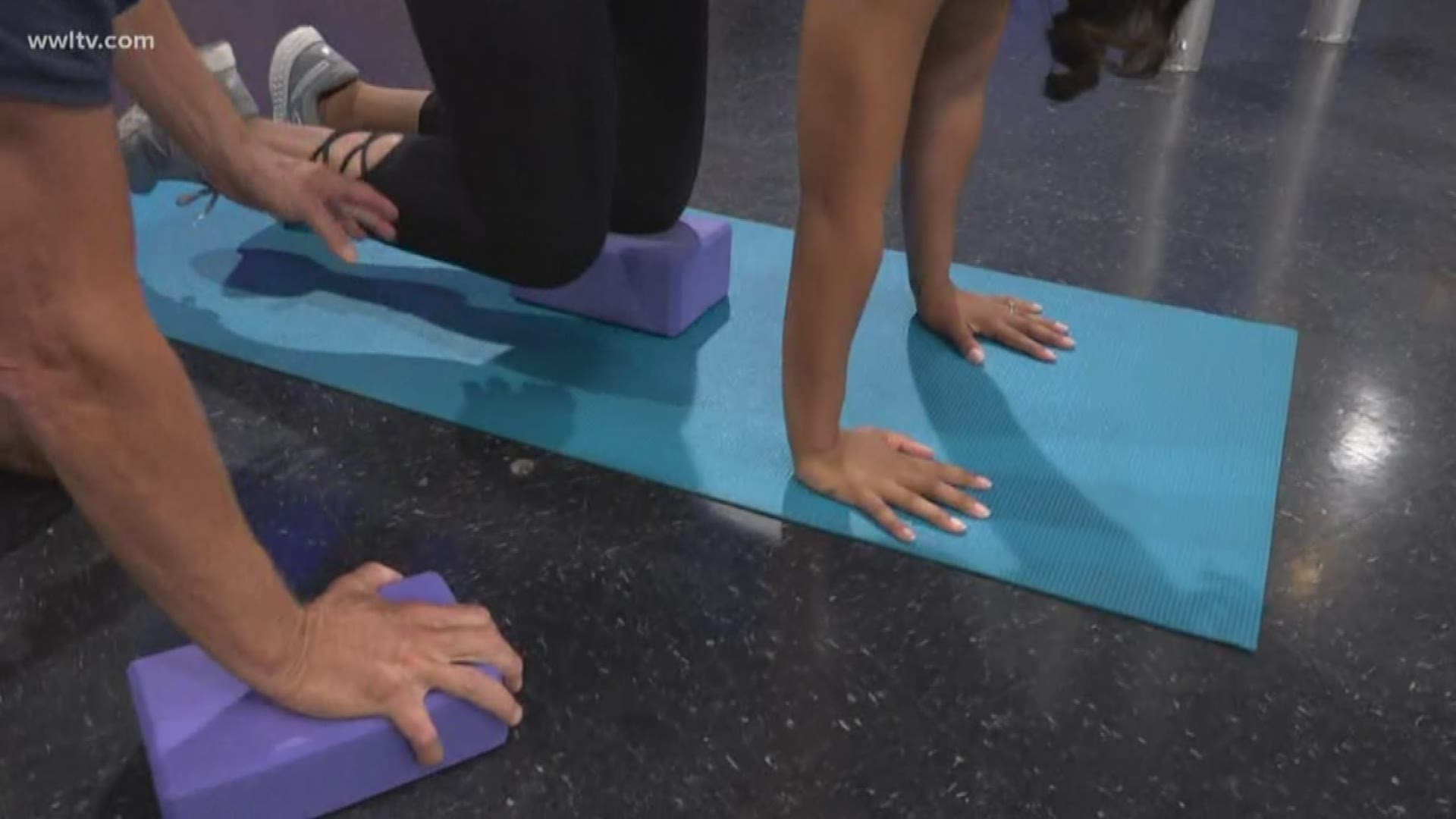NEW ORLEANS — It’s estimated that in 2016, 40% of the adult US population were obese – a medical condition of excess weight or body fat that may negatively affect health – placing the obese adult at risk for hypertension, coronary heart and cerebrovascular disease, type 2 diabetes, depression, osteoarthritis, breast, and colon cancer. The medical cost in the US was estimated to be $150 billion annually.
Research has demonstrated that physical activity, such as aerobic, moderate to vigorous physical activity (MVPA) in the form of walking, cycling, or running, and muscle-strengthening exercise (MSE), like weight/resistance training may help to reduce weight gain. The World Health Organization recommends that individuals get >150 minutes of MVPA and MSE 2 or more times per week.
Researchers writing - Muscle Strengthening, Aerobic Exercise, and Obesity: A Pooled Analysis of 1.7 Million US Adults - which appeared in the November 2019 journal Obesity, sought to, “to examine the cross‐sectional associations between different combinations of adherence to the MVPA/MSE guidelines and obesity in a pooled population sample.”
MVPA was assessed using previously validated questionnaires, which asked, “during the past month, other than your regular job, did you participate in any physical activities or exercises such as running, calisthenics, golf, gardening, or walking for exercise?”
Yes responders were asked in follow-up, “what type of physical activity or exercise did you spend the most time doing during the past month; how many times per week or per month did you take part in this activity during the past month; and, when you took part in this activity, for how many minutes or hours did you usually keep at it?”
Physical activity duration was reported in hours and minutes. If applicable, respondents were then asked the same set of questions as above with regard to a second activity.
Moderate‐intensity activities were defined as aerobic physical activity of ≥ 3.0 Mets (a measure of metabolism equal to 3.5ml/kg/min), while a vigorous activity had a value that was at least 60% of an individual's maximal cardiorespiratory capacity, based on sex and age.
MSE questions asked, “during the past month, how many times per week or per month did you do physical activities or exercises to strengthen your muscles? Do not count aerobic activities like walking, running, or bicycling. Count activities using your own body weight like yoga, sit‐ups or push‐ups and those using weight machines, free weights, or elastic bands.”
It was concluded that compared with other physical activity guidelines, adherence categories, meeting both MVPA and MSE guidelines was associated with the lowest prevalence of obesity, which led to the conclusion that, “successful public health policies and strategies that support the uptake and adherence of concurrent MVPA and MSE at the population level may assist in reducing the significant public health burden of obesity.”
► Get breaking news from your neighborhood delivered directly to you by downloading the new FREE WWL-TV News app now in the IOS App Store or Google Play.

